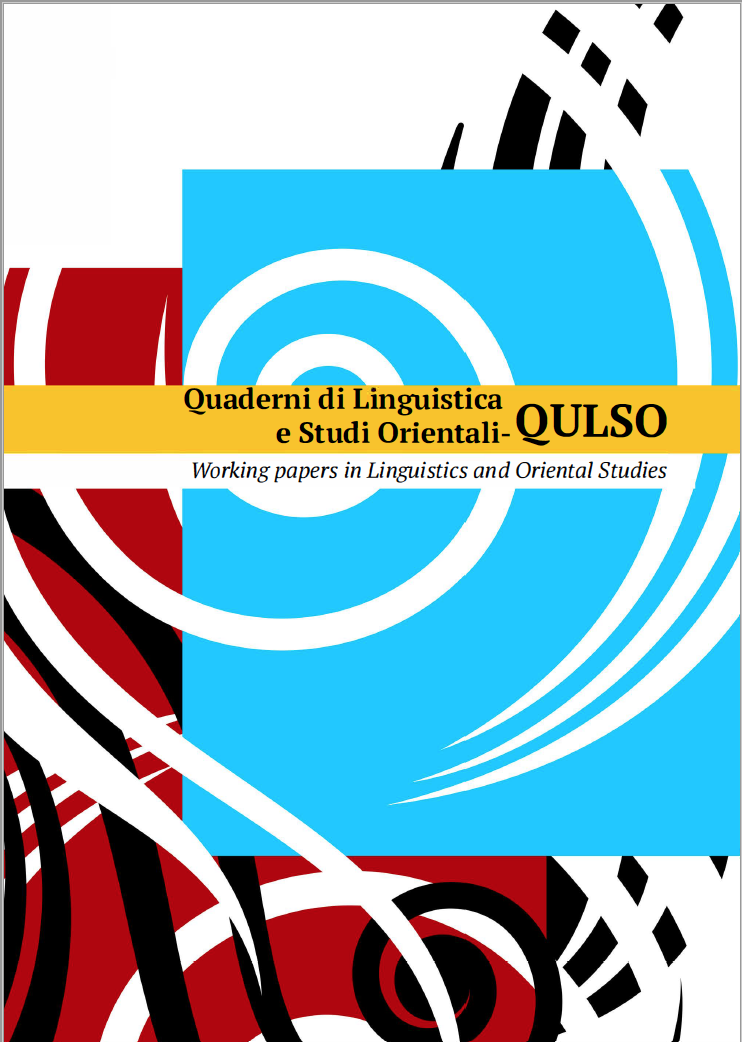Abstract
In dialects of Apulia, Calabria and Sicily a restricted number of verbs, including ‘stay/be’, ‘go’, ‘come’ and ‘want’ embed finite complements, either bare or introduced by a. One aim of the present work is to make the corpus of data in Manzini and Savoia (2005) accessible in English. The corpus displays a certain amount of microparametric variation, which is also known, in a less complete form, from independently collected data. On the basis of the evidence presented, we will discuss the two major syntactic analyses proposed for this type of sentences. Under the mono-clausal analysis, verbs like ‘stay, ‘go’ etc. are functional heads embedding a lexical predicate (Cardinaletti and Giusti 2001, 2003). The bi-clausal analysis on the contrary treats embedding under ‘stay’, ‘go’ etc. as anormal clausal embedding (Manzini and Savoia 2005). In this article we reiterate that the bi-clausal analysis is not only feasible, but also advantageous, from a morphosyntactic point of view. We conclude by sketching how this analysis can be rendered compatible with the mono-eventive interpretation that at least some of the relevant structures are reported to have.



